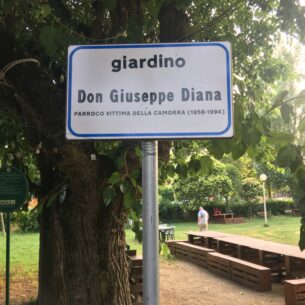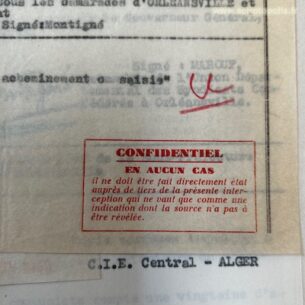Vandalart

Paris, march 2017.
If streets have been invested with various visual and graphic artefacts for many centuries, the last two decades have been characterized by a proliferation of paintings, posters and ceramics drawings usually attributed to the street art movement. Some of these graphic manifestations systematically take place right next to streetname plates. The relevance of such a site is, at least, twofold. The first goes with visibility: while passersby find their way by looking at streetname plates, they are simultaneously invited to contemplate some pieces of street art. The second is related to the search for maximum lifespan: next or above streetname plates, these graphic manifestations are harder to be removed than the same ones positioned at the height of a person.
But what is at stake here? Is the removal of the streetname plate a joke directed both to the municipal services and the passersby? Is it conceived of as an artistic gesture, taking explicitly the opposite way of most of contemporary street artists? Is it the result of an urban sign collector? Or is it a mere vandalism act, consisting in solely removing the plate? These questions are typically the ones occurring facing such a practice. But, each one being potentially relevant, why necessarily choosing one? The name itself of the removed street plate calls for multiplicity: “small crook street”.






